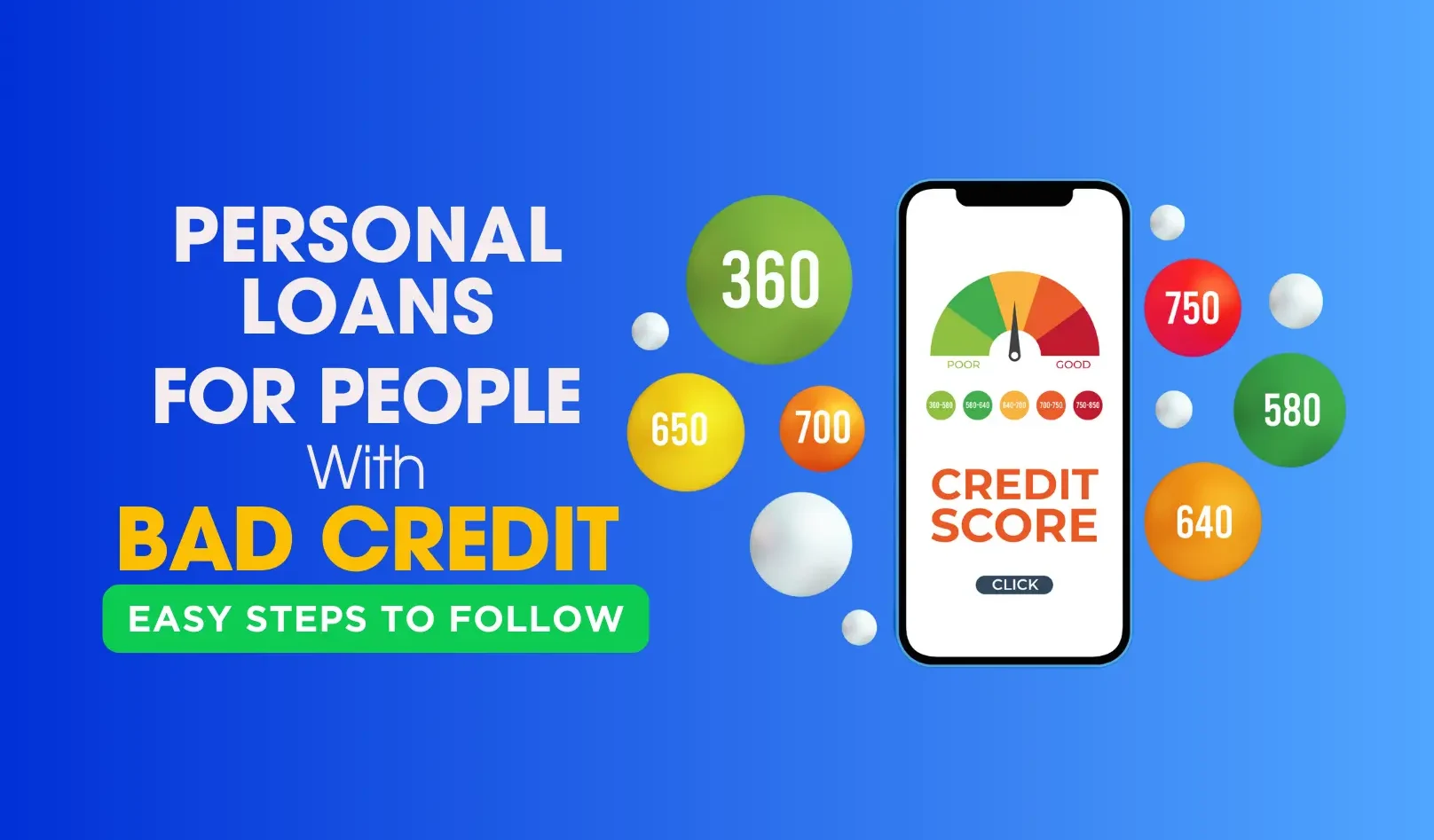
Having a poor credit score can make getting approved for a personal loan more challenging. However, there are still options available even if you have bad credit, which offer guaranteed approval loans. Here is a complete guide on how to get a personal loan with bad credit.
1. Check Your Credit Score and Reports
The first step is to check your credit score and review your credit reports. This will allow you to understand where your credit currently stands before applying for a personal loan with bad credit.
Look for any negative items that may be dragging your score down, such as missed payments, maxed out cards, or errors. Dispute any inaccurate information with the credit bureaus. Improving your score even a small amount could open up better loan offers.
2. Shop and Compare Bad Credit Personal Loans
Loan requirements and rates vary between lenders. Take time to shop and compare offers from multiple banks, credit unions, online lenders, and peer-to-peer lending platforms. Look for lenders that specialize in bad credit loans.
Prequalifying for personal loans does a soft credit check that won’t hurt your score. This lets you compare estimated rates and loan amounts. Applying for official loan offers triggers a hard inquiry that can temporarily lower your score.
Compare factors like minimum credit score requirements, interest rates, fees, loan amounts, terms, and additional features. Aim for the lowest APR loan that fits your budget.
You May Like: Bad Credit Personal Loans Guaranteed Approval $5000
3. Consider Adding a Cosigner
If you have a trusted friend or family member with good credit, adding them as a cosigner on your personal loan application can improve your chances of approval and possibly score better terms.
However, cosigners are equally responsible for repaying the loan. Late payments could negatively impact their credit too. Make sure you communicate clearly about who is making the monthly payments.
4. Look Into Secured Personal Loans
Secured personal loans require an asset like a savings account, CD, or car as collateral that the lender can seize if you default. These loans tend to have lower interest rates because the lender’s risk is reduced.
Only pursue a secured loan if you can make the payments comfortably. Defaulting may result in losing your collateral.
5. Avoid Payday Loans and Car Title Loans
Steer clear of payday loans and car title loans. These short-term loans come with exorbitant interest rates of up to 400% APR. They often trap borrowers in cycles of debt.
If you’re in need of a small, short-term loan, consider alternatives like borrowing from family or friends, using a credit card, or seeking help from a nonprofit credit counselling agency.
6. Submit Your Personal Loan Application
Once you prequalify and select a personal loan offer, it’s time to formally apply. Gather required documents like your ID, income statements, and bank account info to submit with the application.
This triggers a hard credit check, so only apply once you’ve compared multiple prequalified offers and selected the best loan for your situation. Most lenders process applications in 1-2 days and fund approved loans quickly.
7. Make Payments on Time to Build Credit
Assuming your lender reports your payment history to credit bureaus, making on-time personal loan payments can gradually rebuild and improve your credit score over the loan term.
Set up autopay through your lender to avoid missed payments that would damage your credit. Even a slight score increase can open up more affordable borrowing options.
What to Do If You’re Denied a Personal Loan
If your loan application is denied, the lender must provide an adverse action notice explaining why. Common reasons include high debt-to-income ratio or poor credit score.
Take steps to improve your chances for future loan applications, like paying down debts to lower your DTI or building positive payment history. Wait a few months before reapplying to avoid too many hard inquiries on your report.
The Bottom Line
While poor credit scores make getting approved more difficult, those with bad credit can still obtain a personal loan through the right lender. Do your research, know the costs and risks, compare multiple offers, and make payments on time once approved. With wise use, a personal loan can rebuild credit over time.
FAQs
What credit score is considered bad credit?
FICO considers credit scores below 580 as very poor and 580-669 as fair. Many lenders view scores under 670 as bad credit. The lower your score, the harder qualifying becomes.
Where can I get a personal loan with a 500 credit score?
Online lenders like Avant, Upstart, and LendingPoint offer bad credit personal loans with minimum credit scores as low as 500. Credit unions may also approve members with poor credit. Shop around to compare rates.
Should I take out a personal loan to build my credit?
Personal loans can help build your credit if the lender reports your payment history to credit bureaus. Make sure to make all your payments on time. Avoid payday loans as they don’t typically report.
What is the easiest personal loan to get approved for?
Secured personal loans are often the easiest to get approved for with bad credit, since your pledged assets reduce the lender’s risk. This allows them to offer better rates than unsecured loans.
How fast can I get a personal loan?
Many online lenders provide near instant personal loan decisions. After approval, funds may be deposited as soon as the next business day. For the fastest funding, have all your documents ready when you apply.
